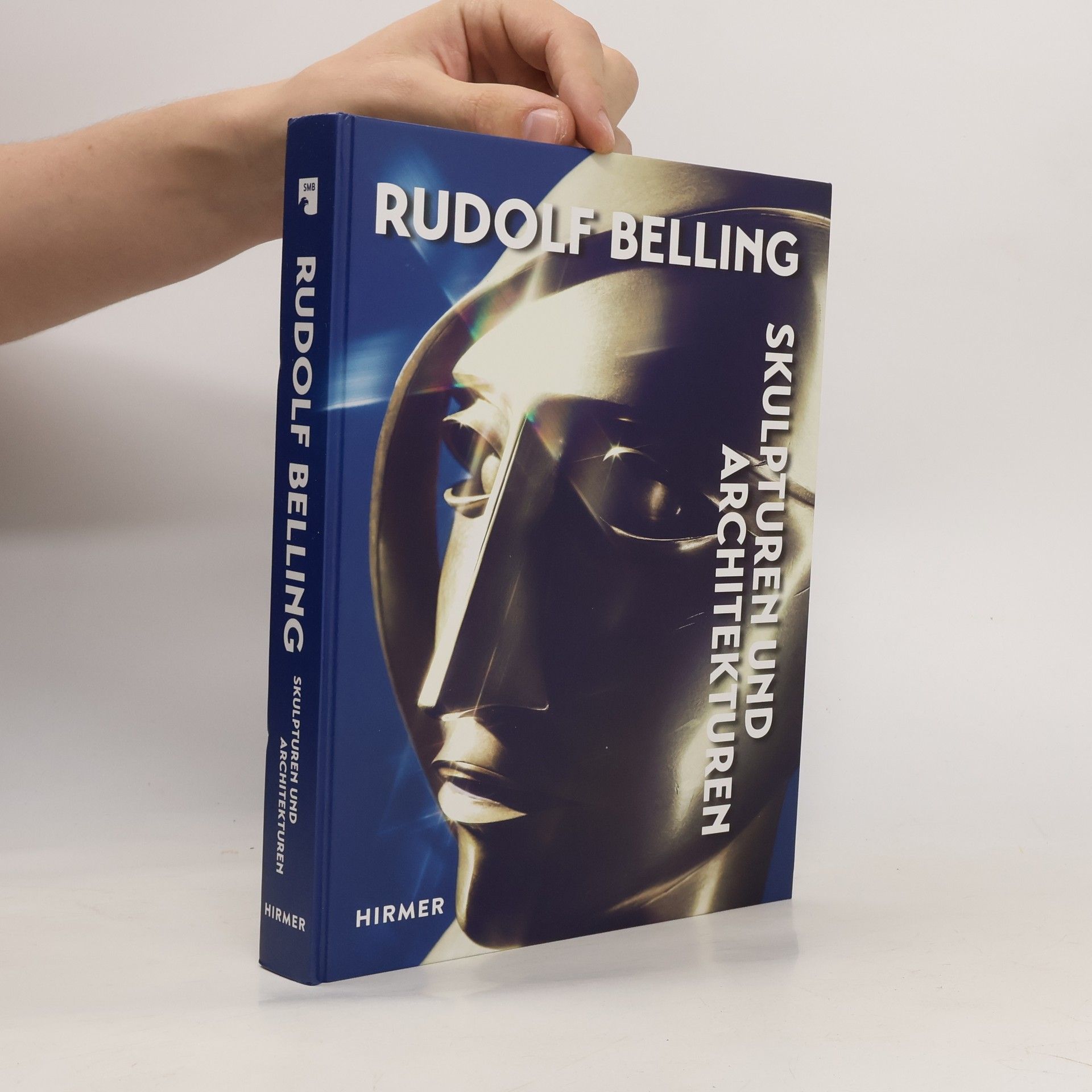Contaminated aircraft cabin air has been a health concern since the 1950s, yet it has gained significant public attention in the past 25 years. The book delves into the phenomenon of fume events, where toxic air exposure leads to illness among passengers and crew. With frequent media reports highlighting these incidents, it explores the implications for public safety and the aviation industry, shedding light on a critical issue that affects countless travelers.
Wolf-Dieter Scholz Book order






- 2025
- 2023
Jacques Offenbach
Ein deutsches Missverständnis
- 2022
Sascha Wiederhold
Wiederentdeckung eines vergessenen Künstlers
- 2021
The Art of Society 1900-1945
- 280 pages
- 10 hours of reading
The Mies van der Rohe-designed museum reopens with a presentation of the highlights of classic modernism between 1900 and 1945 from the Nationalgalerie?s holdings. The paintings and sculptures make for a vivid illustration of various tendencies in the art of the period, with emphases on Expressionism, the Bauhaus, the New Objectivity, and Surrealism. They also document the close ties between art and society in the German Empire, the Weimar Republic, and under National Socialism?from Paula Modersohn-Becker and Edvard Munch to George Grosz and Lotte Laserstein and on to Max Ernst and Salvador Dalí. 0The catalogue provides complete documentation of the works on view in the exhibition. Introductory essays at the beginning of each section are complemented by explanatory notes on selected major works and brief discussions of special aspects.00Exhibition: Neue Nationalgalerie Berlin, Germany (starting August 2021).
- 2021
Die Neue Nationalgalerie in Berlin, das letzte Bauwerk des Architekten Mies van der Rohe, war ganze sechs Jahre sanierungsbedingt geschlossen. Zur Neueröffnung präsentiert sie unter dem Titel Die Kunst der Gesellschaft 1900–1945 die Höhepunkte ihrer Sammlung der Klassischen Moderne. Visionär, kritisch, radikal, resignativ oder utopisch zeugen die Gemälde und Skulpturen vom Dialog der Kunst mit den gesellschaftlichen Verhältnissen – vom Kaiserreich über den Ersten Weltkrieg und die Weimarer Republik bis zum Nationalsozialismus. In 13 Kapiteln spürt der Katalog, der sämtliche Werke der Ausstellung dokumentiert, den großen Linien der Kunst in der ersten Hälfte des 20. Jahrhunderts nach. Eine ebenso fesselnde wie erhellende Wiederbegegnung mit Werken von Edvard Munch, Ernst Ludwig Kirchner, Tamara de Lempicka, Lotte Laserstein, Otto Dix, George Grosz, Max Beckmann und vielen anderen.-- Publisher's website
- 2017
Rudolf Belling
- 336 pages
- 12 hours of reading
Rudolf Belling (1886-1972) gilt als einer der wichtigsten deutschen Bildhauer der Klassischen Moderne. Sein stilistisches Spektrum reicht von Expressionismus über Neue Sachlichkeit bis zu Naturalismus und Abstraktion. Der Band zeigt die faszinierende Spannbreite eines Künstlers auf, der den Leerraum als Gestaltungselement entdeckte und von sich selbst sagte: Ich erlaube mir alles.
- 2009
Die Ausstellung zeigt über 150 Bilder aus der Sammlung Ulla und Heiner Pietzsch sowie Werke des Museums, darunter Hauptwerke von Surrealisten wie Dalí und Magritte. Der Katalog dokumentiert auch frühe Arbeiten von Pollock und Rothko und enthält historische Porträtfotografien der Künstler von renommierten Fotografen.
